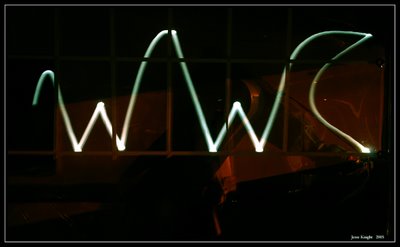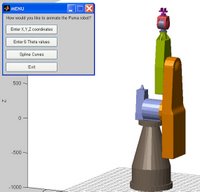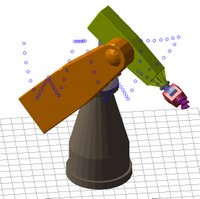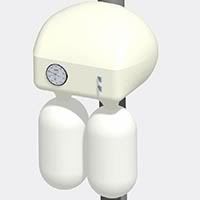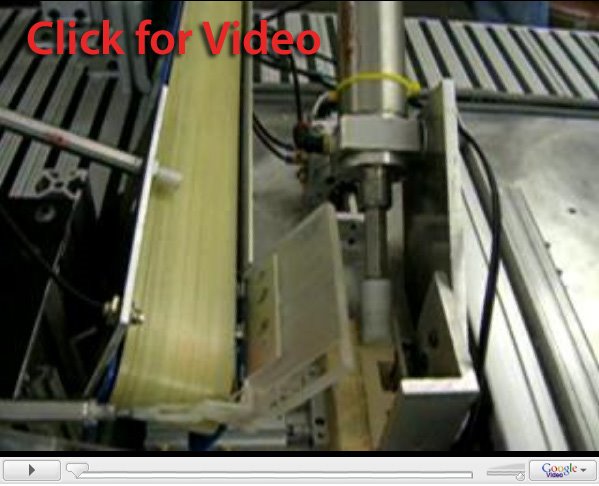
This machine uses a router to automatically cut 6-block, notchable burr puzzles. It takes an average of 18sec. or less per block, and can run in a continuous loop, as long as there is a supply of blocks.
As project lead, I oversaw 3 other students and was heavily involved in all phases: concept, CAD drawing, manufacturing, assembly, sensors and pneumatics layout, and was responsible for all of the PLC wiring and programming.
Our concept from the beginning was to minimize block movement by keeping the machine small and simple. Of course there are still optimizations that could be made, but with a run time of 1:48 our machine performs 5x better than previous years.
Cuts are consistent and accurate. The sawdust is collected by a suction system with ducts under the table. When not traveling through the block, the router bit is purposefully tucked underneath the slide for safety reasons.
For more info on the puzzles themselves, go to
IBM's Website. The puzzle in the video is a Level 5 (
D. Winkler's Favorite.)
